Japan Insider’s Travel Guide: How to Experience Classic Japan
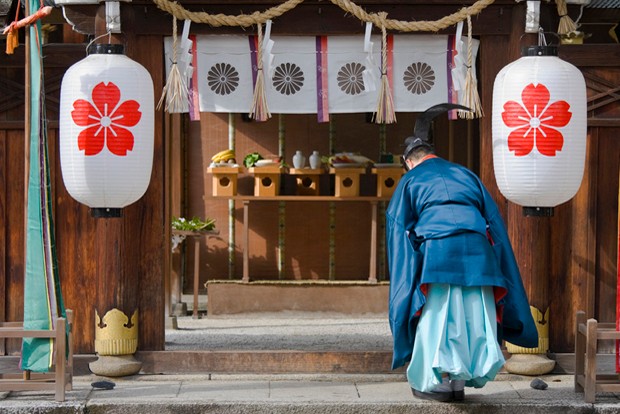 A priest at the Hirano Shrine in Kyoto. Photo: Ben Simmons
A priest at the Hirano Shrine in Kyoto. Photo: Ben Simmons
The insider advice on this page is from one of Wendy’s Trusted Travel Experts for Japan: Scott Gilman of JapanQuest Journeys.
After seven years living in Japan working for Goldman Sachs—and raising three children there—Scott launched his own firm focused on delivering five-star-only journeys into the soul of Japan, peppered with the sorts of experiences that are normally very difficult for travelers to access. He has spent decades cultivating local relationships, hand-picking the savviest guides, and uncovering unusual opportunities that unlock the mysteries of Japan. He and his son Jason, who now works alongside him, orchestrate trips for visitors of every age, from children fascinated by samurai swords and manga comics to romantic couples in pursuit of exquisite ryokans with secluded hot springs. Based in Washington, D.C., and Tokyo, they custom-tailor itineraries to your interests and can fill them with up-close-and-personal encounters with experts in pottery, textiles, kendo, taiko drumming, and more. They can even deliver a practice session at a sumo training stable where you are seated a few feet from the wrestlers or a dinner with geisha entertainment at a teahouse open only to invited guests.
What to See and Do
Most overrated place
Hakone is a well-known hot spring region that is convenient to Tokyo but can be very touristy and crowded. For a more authentic experience still near Tokyo, go instead to Shuzenji, on the Izu Peninsula. It is a beautiful village where you can relax in hot-spring foot baths, walk along a river that runs through town, explore smaller temples, and enjoy views of Mt. Fuji. Relax at one of the very best onsen (hot spring) ryokans tucked away in Shuzenji: Yagyu no-Sho.
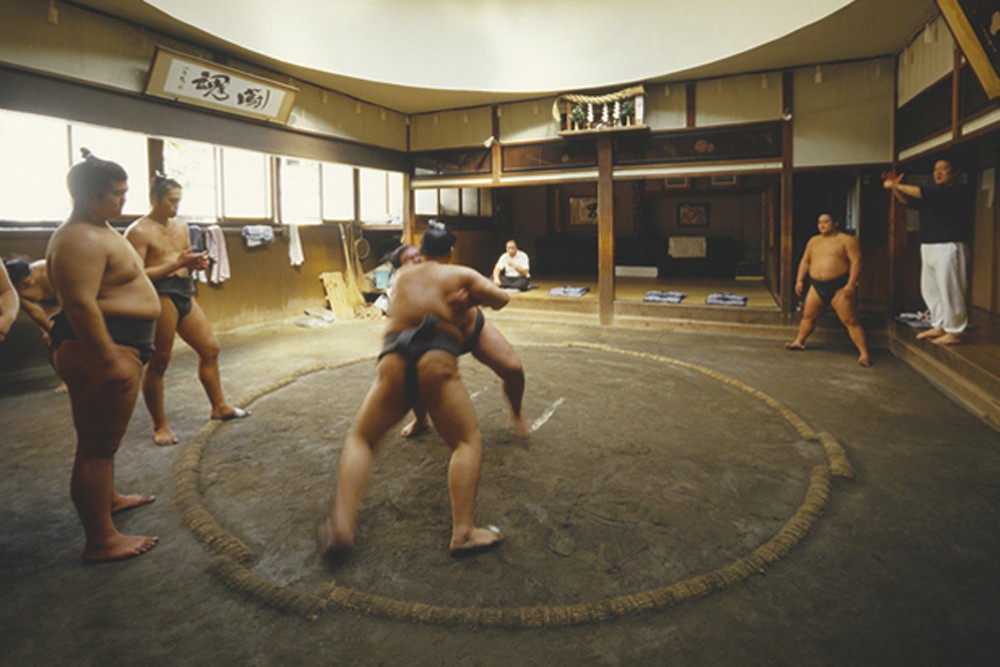
Earthen dohyo training ring for wrestlers at a sumo stable in the Ryogoku district of Tokyo, Japan. Photo: Ben Simmons
Bragging rights
Tour a sake microbrewery with the owner, who will explain the process of brewing as well as the drink’s place in Japanese society. Afterward, the brew master will expertly guide you through a tasting, describing the nuances and subtleties of their sake range. (If alcohol is not your bailiwick, Scott can instead arrange a tea tasting with an expert in Japanese tea.)
Scott has close relationships with a number of artisans who will permit you insider access: Meet with a fifth-generation gold-leaf artisan at his 140-year old traditional house and studio in Nishijin, Kyoto’s textile-weaving district. Visit a traditional kimono maker in Kyoto to see how kimonos are designed and made. Or head to Shiga Prefecture and meet with a fourth-generation indigo artisan, who makes works for Imperial collections, to visit his studio and home and watch a demonstration of indigo dying.
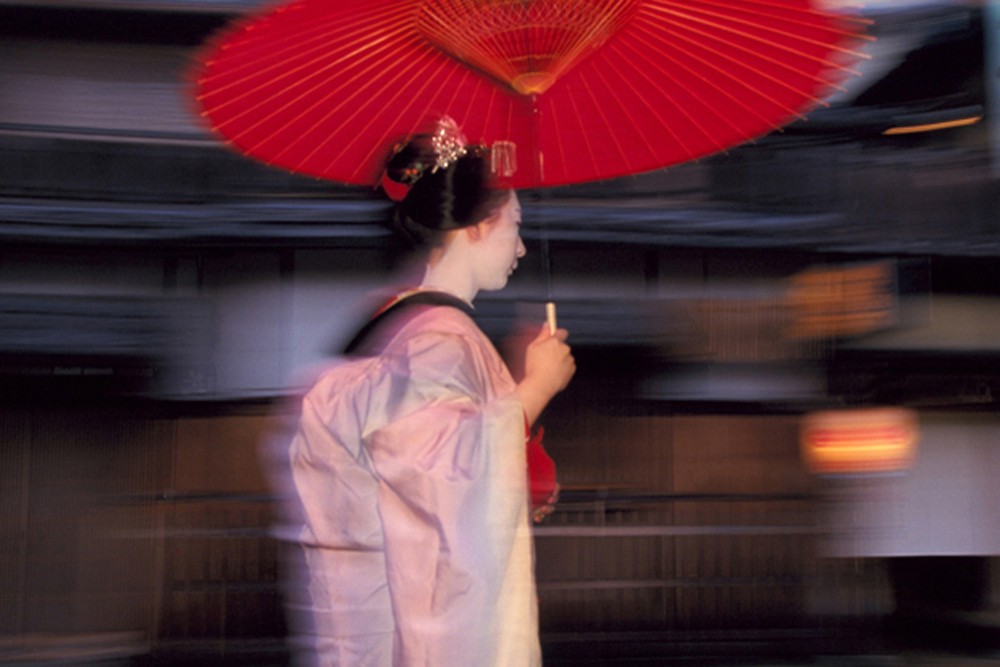
A maiko geisha passes by at twilight carrying a traditional paper umbrella on her way to work in the Gion district of Kyoto, Japan. Photo: Ben Simmons/JapanQuest Journeys
Enjoy a private dinner with entertainment by the most accomplished of geisha at an invitation-only teahouse in the Gion district of Kyoto—a quintessential experience that even very few Japanese ever get the chance to see. Relish the superb, multi-course kaiseki cuisine while watching the geishas’ graceful dancing and enjoying their renowned charm.
Where to Stay and Eat
Best-value splurge accommodations
Spend a fabulous night or two at Sasayuri-ann, overlooking the rice terraces in rural Nara. Sasayuri-ann’s two thatched-roof private villas—one a 350-year-old structure that has been recently renovated, the other newly built in a similar style—are equipped with brand-new facilities and have breathtaking views of mountains and rice terraces. Couples can rent just one villa, while larger groups will want to take over the entire property. A Michelin-starred chef from Nara will come to your villa to prepare a kaiseki dinner before your eyes, or you can enjoy a delicious shabu-shabu dinner while sitting around a beautiful iori, or hearth. While staying at Sasayuri-Ann, wake up early one morning and join a Buddhist priest for a relaxing walk in Akame, a forested area famous for its waterfalls and as a historical training ground for ninjas.
Restaurants the locals love
Access to the smaller, local restaurants that serve the finest Japanese food and sake is difficult—if not impossible—unless you speak Japanese. However, Scott works with a network of such restaurants where the chef will treat his travelers as if they are regular clientele.
Dish to try
For a fun lunch in Hiroshima or Osaka, try okonomiyaki; this delicious, savory pancake is made of flour, eggs, and shredded cabbage, as well as each chef’s preferred fillings and toppings.
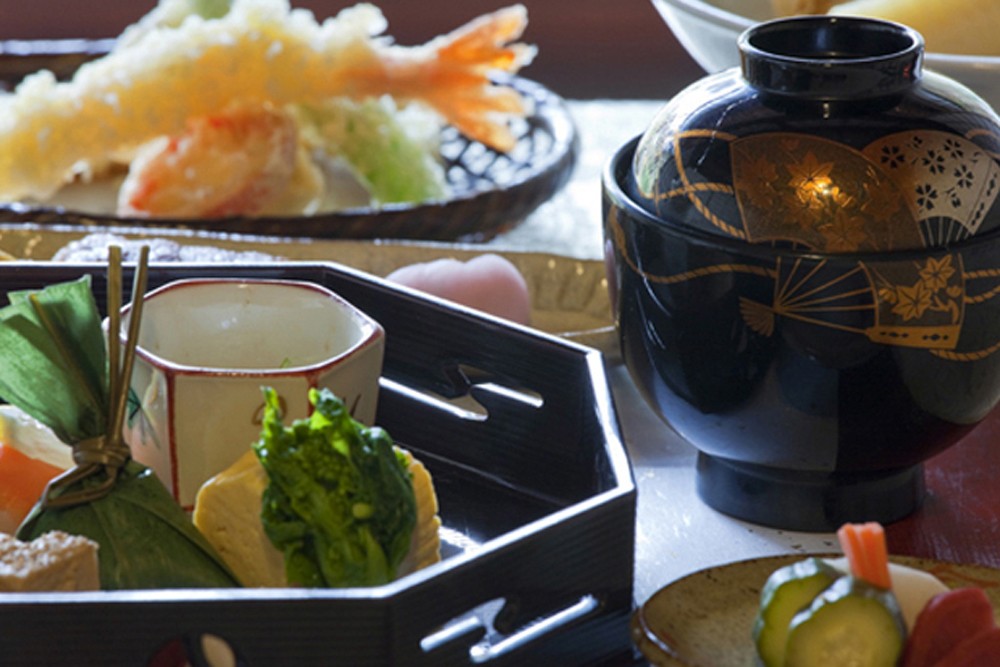
A traditional kaiseki multicourse Japanese dinner served at Hakusa Sonso, an estate restaurant with garden located by Ginkakuji Temple in the Higashiyama district of Kyoto, Japan. Photo: Ben Simmons
Meals worth the splurge
Ginza Yanagi Sushi serves an exquisite meal of the finest and freshest sashimi and sushi based on the chef’s selection of the day. The best beef fillets in Tokyo can be found at Shima, a small, intimate steakhouse. Michelin-starred Mizuki—inside The Ritz-Carlton, Kyoto—prepares some of the country’s best tempura. Florilège has earned two Michelin stars for its modern French and fusion cuisine, and MOTOÏ has one Michelin star to tout its rustic yet refined blends of Japanese and French dishes (along with original French fare).
Japan is an expensive place to eat. A meal at the above restaurants can easily cost $150-$200 per person.
Best Times to Go
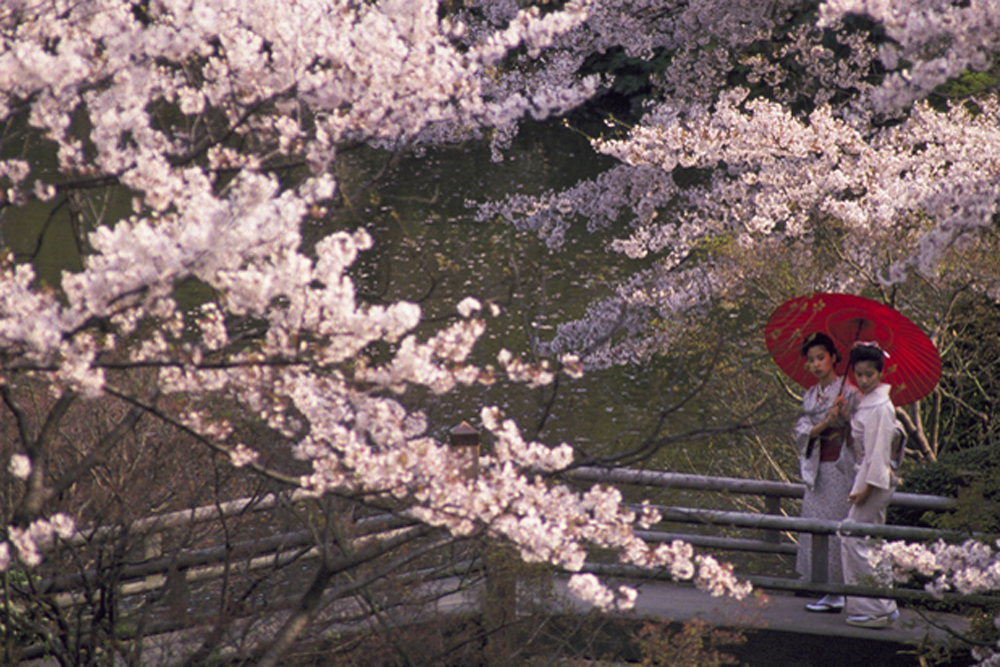
May—after Golden Week, which starts on April 29—and October; both months bring great weather and vivid colors. In the springtime, you can enjoy the sweet scent and beauty of the cherry blossoms permeating the country (they generally peak in April, but you can still enjoy them in May, and without the huge crowds); the entire nation comes alive to celebrate hanami, or flower viewing, in colorful kimonos. Autumn in Kyoto brings cooler air and bright red maples, magnificent to behold alongside Zen gardens and royal villas.
Worst Times to Go
July and August are hot and humid—though, if mixed with time in the mountains, they can be manageable. Two of the most crowded times are the Golden Week and Obon holidays (early May and mid-July or mid-August, respectively), when Japanese travel a lot domestically.
The Souvenir
In Japan, many crafts are done at such a level that they could rightfully be termed an art. Focus on bringing home something handmade—perhaps a fabulous piece of pottery, a beautiful textile, an item of clothing, or some washi paper. Depending on your itinerary, Scott can guide you to the right place to buy these straight from the producer.
Hidden Gems
Off the southern coast of Kyushu lies the silent, mossy-green, primeval forests of Yakushima, a UNESCO World Heritage Site with cedar forests dating back 7,000 years, monkeys living among the trees, and turtles roaming the dramatic coastline. Come here to enjoy this extraordinary scenery and the remoteness of the island known as “the Alps of the Sea.” Yakushima is also a great destination for both easy and challenging trekking. After an active day, you can find respite at the beautiful Sankara Hotel & Spa.
Hagi is a well-preserved castle town with former samurai mansions and merchant quarters. It’s also famous for Hagi-yaki pottery, which is especially renowned for its milky, white-glazed texture. While in Hagi, Scott can arrange for you to meet with master potters and see the historical Fukagawa Hagi kiln. You can also visit the Yukawa Family Old Residence (from the time of daimyo, or clan, rule), an interesting former samurai house on the Aibagawa waterway. And don’t miss the 123 torii gates that stretch to the sea at the Motonosumi Inari Shrine. Stay at the lovely Bettei Otozure Ryokan, which is surrounded by a beautiful landscape that will take your breath away.
Must-have App
In a country where it is not easy for English speakers to get around, Google Maps is incredibly useful. However, it can be very expensive to use your smartphone’s data plan abroad; instead, rent a portable Wi-Fi hotspot to connect your phone or other device to the internet. You can pick one up at the airport, or have it delivered to your hotel ahead of time. For less than $10 a day, you’ll get unlimited access for directions, Skype or WhatsApp calls home, and anything else you want to do online.
Tipping Tip
Tips are generally not expected and, if offered, will in all likelihood be turned down. Tipping your guides and drivers, though, is appropriate—but of course optional. A ryokan stay is the one other exception to this rule. In this case, the tip should be offered soon after settling into your room and is given to the nakai-san when she serves you tea and sweets.








